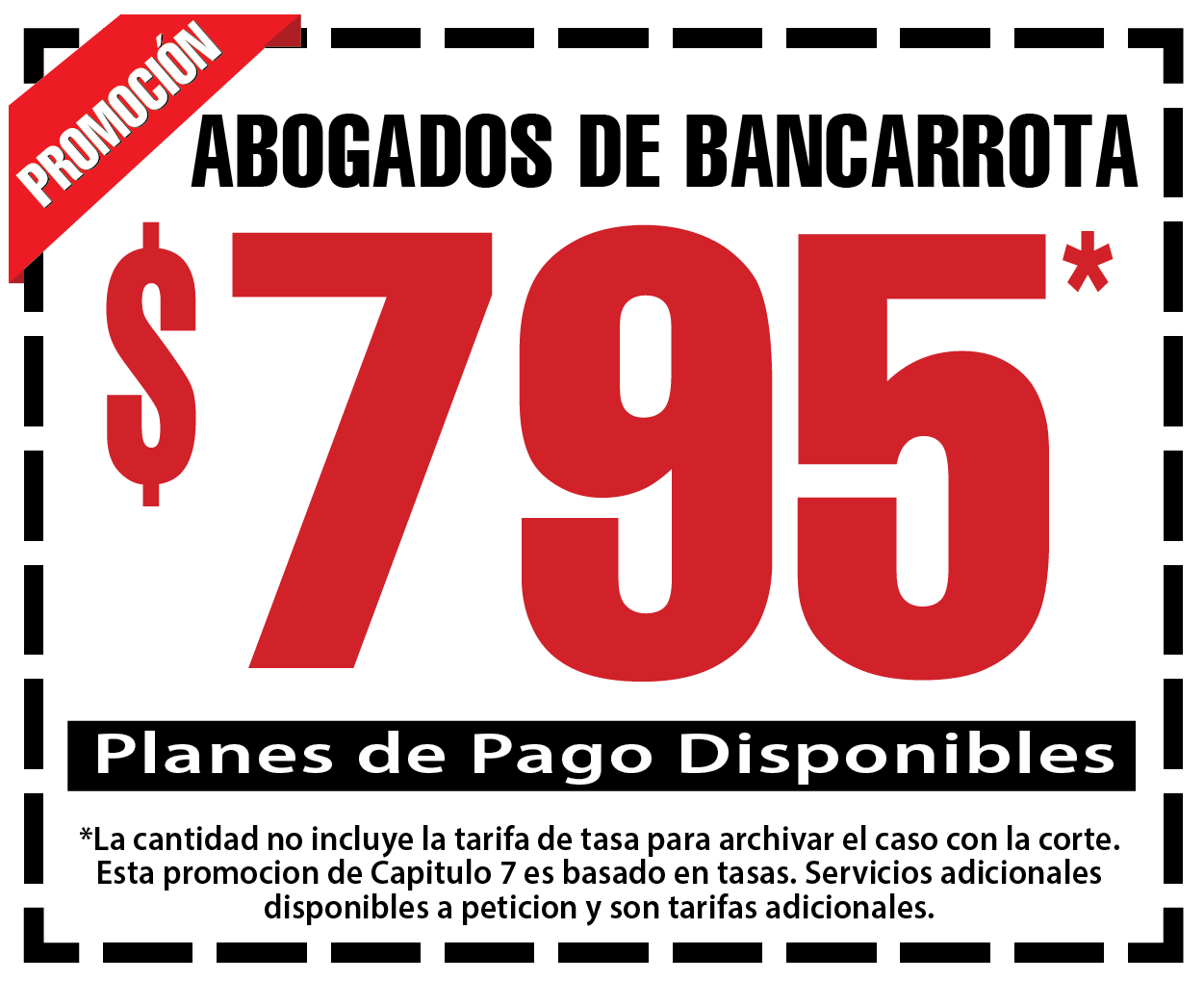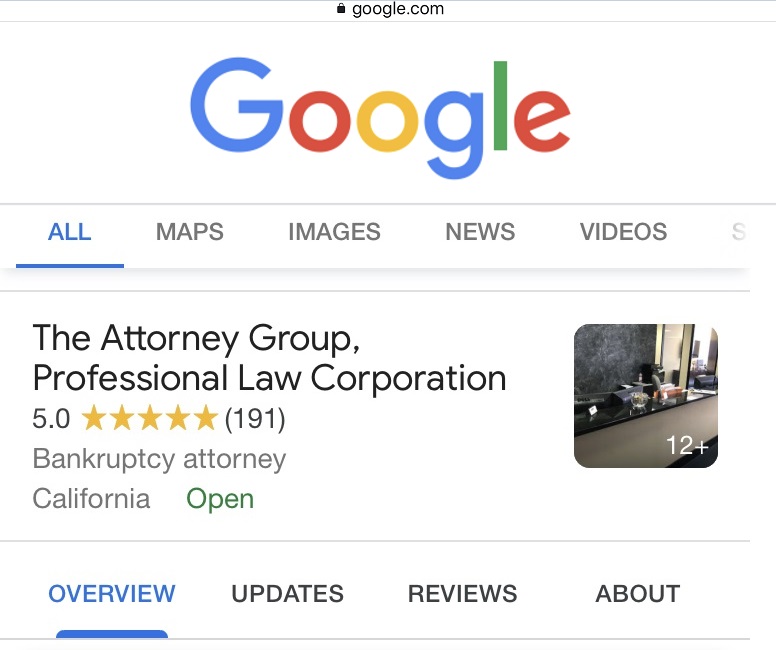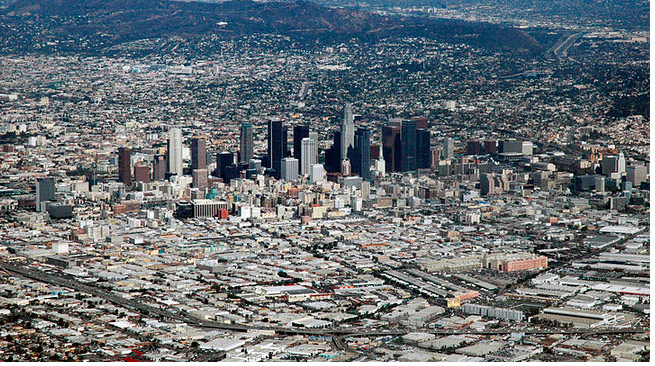About El Cajon
El Cajon is a city in San Diego County, California. The population was 99,478 at the 2010 census and grew to 100,116 in 2011. Nestled in a valley surrounded by mountains, the city has acquired the nickname of "The Big Box". Its name originated similarly, from the Spanish phrase "el cajón", which means "the big box" or "the drawer".
El Cajón, the Spanish word for "box", was first recorded on September 10, 1821, as an alternative name for sitio rancho Santa Mónica, describing the "boxed in" nature of the valley in which it sat. The name appeared on maps in 1873 and 1875 as shortened to just "Cajon" until the modern town developed where the post office was named "Elcajon." In 1905, the name was once again expanded to "El Cajon" when California banker and historian, Zoeth Skinner Eldredge, insisted that the words be separated.
During Spanish rule (1769-1821), the government encouraged settlement of territory now known as California by the establishment of large land grants called ranchos, from which the English word ranch is derived. Land grants were made to the Roman Catholic Church which set up numerous missions throughout the region. In the early nineteenth century, mission padres' search for pasture land led them to the El Cajon Valley. Surrounding foothills served as a barrier to straying cattle and a watershed to gather the sparse rainfall. For years, the pasture lands of El Cajon supported the cattle herds of the mission and its native Indian converts.
It was not until the Mexican era (1821–1846) that titles to plots of land were granted to individuals. The original intent of the 1834 secularization legislation was to have church property divided among the former mission Indians. However, most of the grants were actually made to rich 'Californios' of Spanish background who had long been casting envious eyes on the vast holdings of the Roman Catholic Missions. In 1845 California Governor Pio Pico confiscated the lands of Mission San Diego de Alcala. He granted eleven square leagues (about 48,800-acres, 197km2) of the El Cajon Valley to Dona Maria Antonio Estudillo, daughter of José Antonio Estudillo, alcalde of San Diego, to repay a $500 government obligation. The grant was originally called Rancho Santa Monica and encompassed present day El Cajon, Bostonia, Santee, Lakeside, Flinn Springs, and the eastern part of La Mesa. It also contained the 28-acre (0.11 km2) Rancho Cañada de los Coches grant. Maria Estudillo was the wife of Don Miguel Pedrorena (1808–1850), a native of Madrid, Spain, who had come to California from Peru in 1838 to operate a trading business.
With the cession of California to the United States following the Mexican-American War, the 1848 Treaty of Guadalupe Hidalgo provided that the land grants would be honored. As required by the Land Act of 1851, a claim for Rancho El Cajon was filed by Thomas W. Sutherland, guardian of Pedrorena's heirs (his son, Miguel, and his three daughters, Victoria, Ysabel and Elenain) with the Public Land Commission in 1852, confirmed by the U.S. Supreme Court, and the grant was patented in 1876. In 1868, Los Angeles land developer Isaac Lankershim bought the bulk of the Pedrorena's Rancho El Cajon holdings, employing Major Levi Chase, a former Union Army officer, as his agent. Chase received from Lankershim 7,624 acres (30.9 km2) known as the Chase Ranch. Lankershim hired Amaziah Lord Knox (1833-1918), a New Englander whom he had met in San Francisco, to manage Rancho El Cajon. In 1876, Knox established a hotel there to serve the growing number of people traveling between San Diego and Julian, where gold had been discovered in 1869. Room and board for a guest and horse cost $1 a night. The area became known as Knox's Corners and was later renamed. By 1878there were 25 families living in the valley and a portion of the hotel lobby became the valley post office with Knox as the first postmaster.
El Cajon was incorporated as a city in 1912. A portion of the western boundary of the city follows the eastern boundary of a similar land grant, made under Spanish law (prior to Mexican independence) to the Mission San Diego de Alcala.
more ...





















